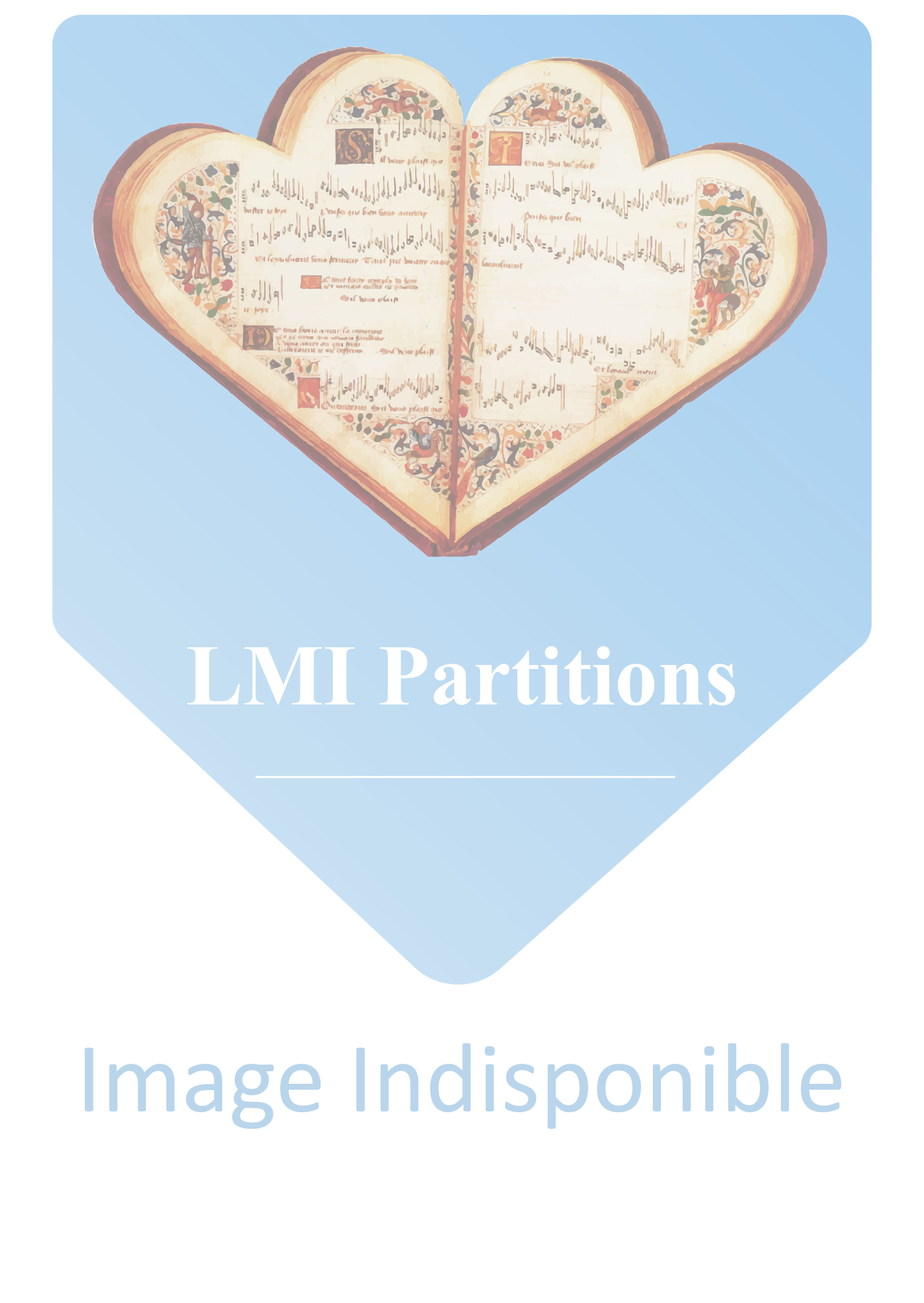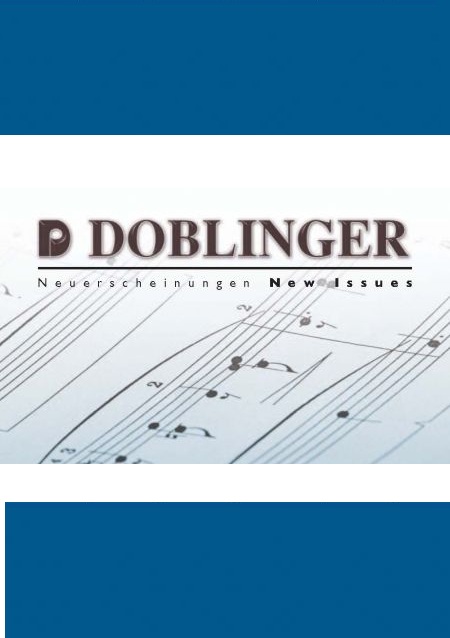Musique pour orchestres et ensembles
Description :
Haydn's Symphony No. 8 is the final piece in his triptych on the times of the day, consisting of the symphonies Le Matin, Le Midi and Le Soir (Hoboken I:6-8). The cycle originated in 1761, on a commission from Haydn's patron, Prince Anton Esterházy. Whether the Prince was hoping for a counterpart to Vivaldi's famous concertos on the four seasons or pursued a different idea can no longer be determined. It was doubtless the purpose of these concertante symphonies to present to a select audience the Prince's chamber ensemble, which had been assembled or expanded that spring, as well as its new conductor. The pieces are laid out on a large scale full of pomp andsplendour, and the scoring, at times divided into thirteen separate parts, offers virtually every player an opportunity to display his prowess as a soloist. At that time the Esterházy ensemble was made up of six or seven players of the violin or viola (the seventh was actually retained as a flautist), one player each of the violoncello and violone, two oboists doubling on flute, two horn players and a bassoonist. This listing includes Haydn himself, who conducted the ensemble from the first violinist's desk. Contrary to a widely held belief, there was no harpsichord. Indeed, the only genres that employed a keyboard instrument at that time in the Viennese area were vocal - namely, operas, cantatas and church music. Urtext from Joseph Haydn Werke Full score & parts (BA4673) available for sale
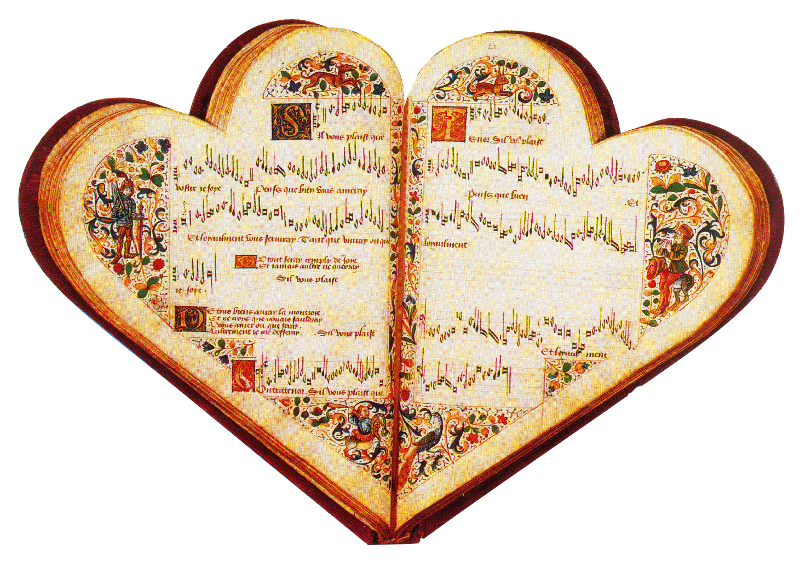

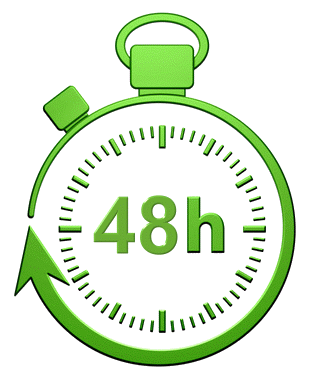
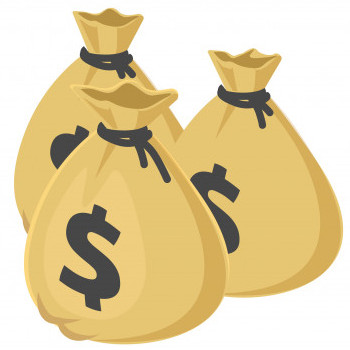 Gagnez un bon d'achat dès 50€
Gagnez un bon d'achat dès 50€
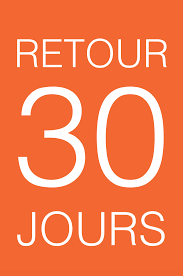 30 jours pour changer d'avis
30 jours pour changer d'avis
